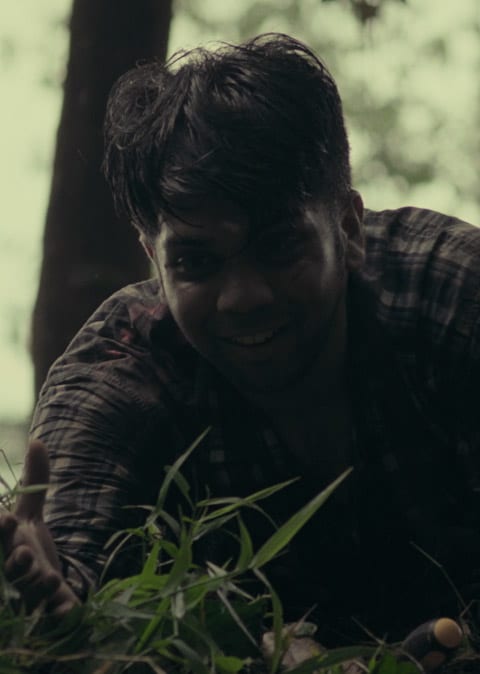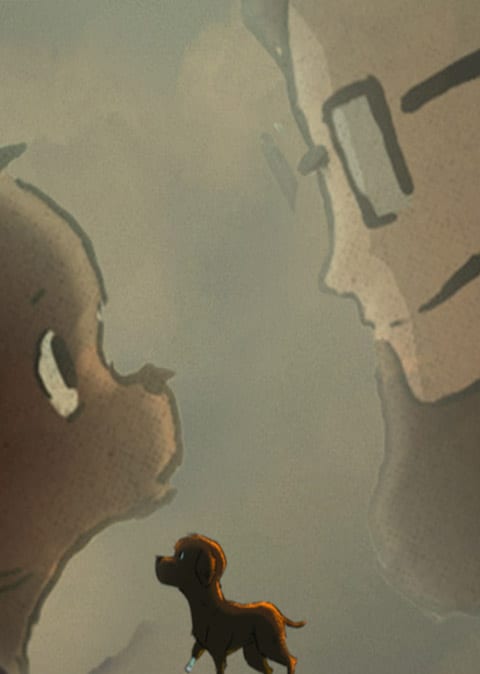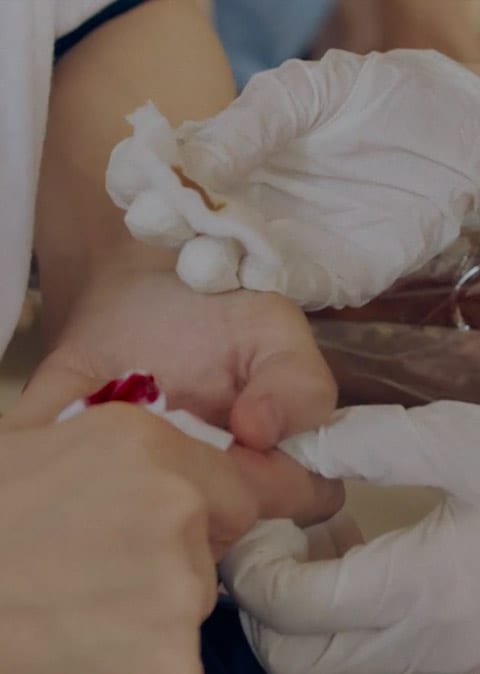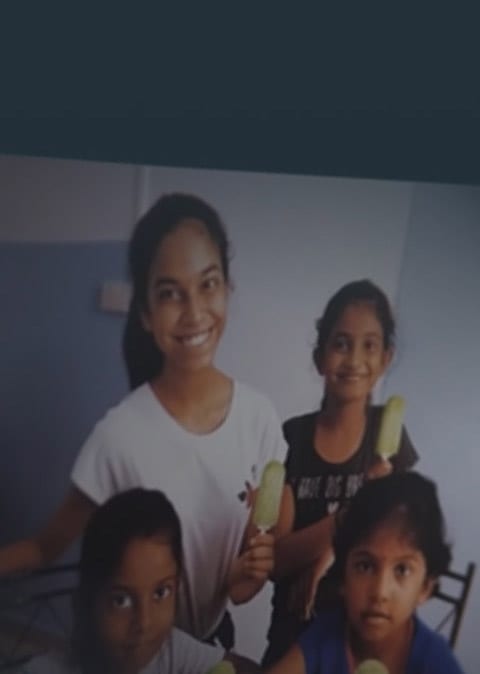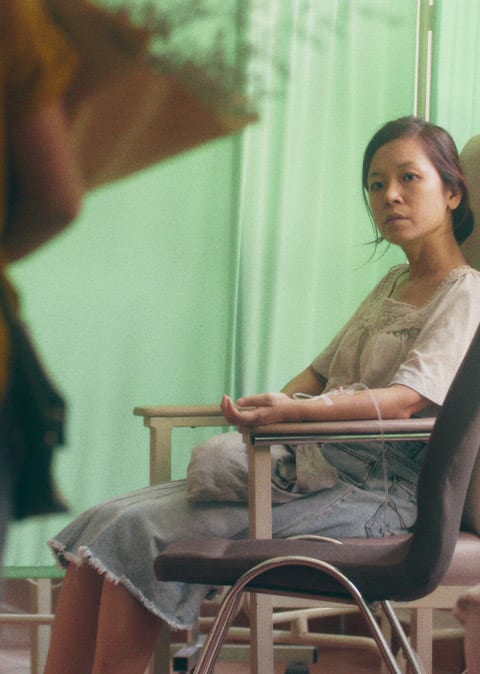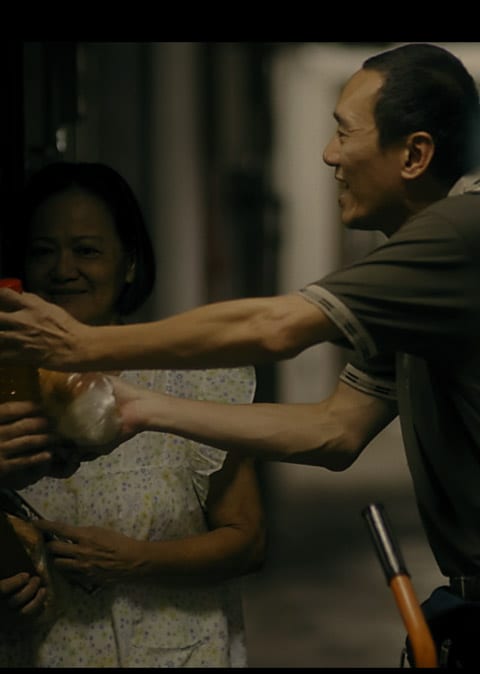Sustaining an engaged community isn’t simple. It requires sincere understanding of your members—the greatest resource and asset a community can have. For volunteer groups, how do you prevent members from dropping out prematurely?
The problem of disengaged community members is a common challenge, and one that the leaders of Tamils Representative Council Youth Wing (TRC YW) faced before they decided to look more deeply into crafting a community journey for their volunteers.
Introducing: Tamils Representative Council Youth Wing
As the youth arm of Tamils Representative Council, TRC YW aspires to be the voice for Tamil youths in Singapore and to provide a platform for them to excel in various fields, including arts and culture, sports and wellness, socio-politics, entrepreneurship, and innovation.
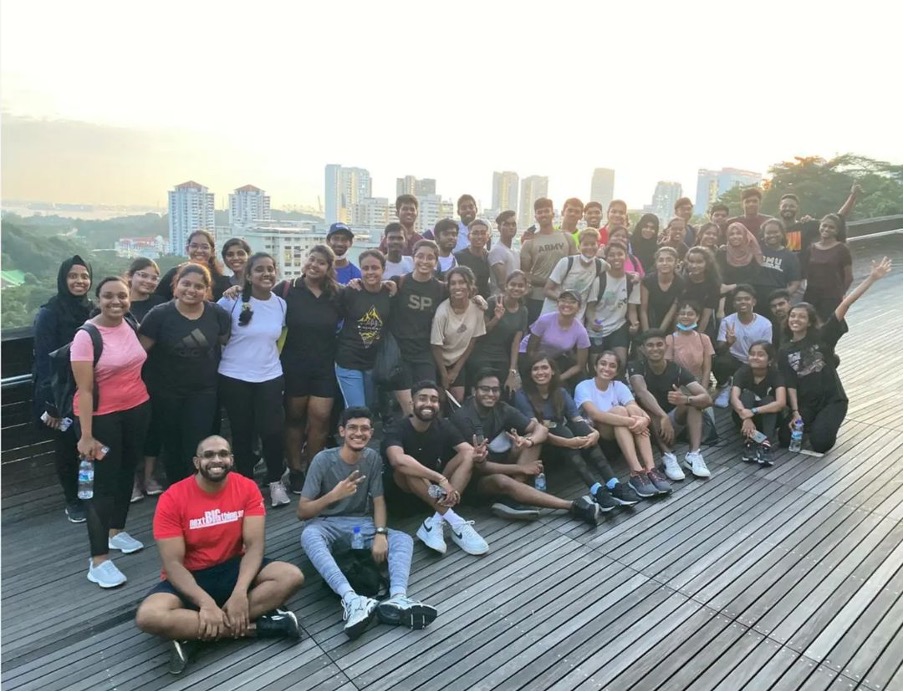
TRC YW organises events such as Tea Talkies, a series of networking sessions that connect Tamil youths of similar interests and passions, and volunteer opportunities like iFolks that allow these youths to serve the older generations of the larger Tamil community by teaching them how to use smartphones and phone applications.
The group comprises of youths aged 18 to 30 years old in varying stages of life—some members are school students, some are working professionals, and some others are serving National Service in Singapore. With such a diverse profile of individuals, Shereen Begum, the Chairperson of TRC YW, observed a concerning trend of members withdrawing after spending 1 to 2 years with the group. Going deeper into finding out why, she concluded three possible reasons for this trend:
- Members’ abilities to commit themselves to the group naturally evolved over time. This is especially so for young people gradually transitioning through different life stages as they grow up.
- Members lost their interests in volunteering with TRC YW.
- TRC YW members often joined the community with their pre-existing groups of friends. When certain individuals left the community, the rest of the friend group followed suit.
TRC YW’s Solution
Mobilised to action to prevent the community from dwindling, Shereen and her fellow leaders decided to craft a dedicated community journey for their members based on NVPC’s Community Journey Journal. They created two tracks which members could choose to commit to:
- TRC YW Committee Member: Individuals who were willing and able to commit more time to the community would have greater involvement in projects and running operations on a day-to-day basis
- Friends of TRC Volunteer: Such individuals committed their time on an ad-hoc basis, volunteering for duties based on a particular event or project needs.

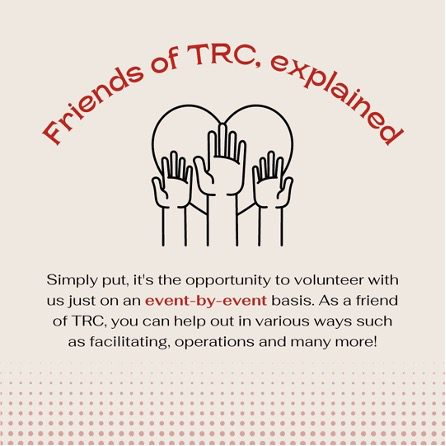
Taking the view that there is no need to over-engage people if they don’t want to be engaged, the two tracks offer flexibility to members to give their time according to their personal comfort levels.
TRC YW’s Community Journey
Recruitment:
An individual’s journey with TRC YW begins with their recruitment process. Leaders hold information sessions to share about the two possible tracks and what is required from individuals if they do join the community. The session also gives leaders the opportunity to better understand the expectations and objectives the individuals have of the community as well.
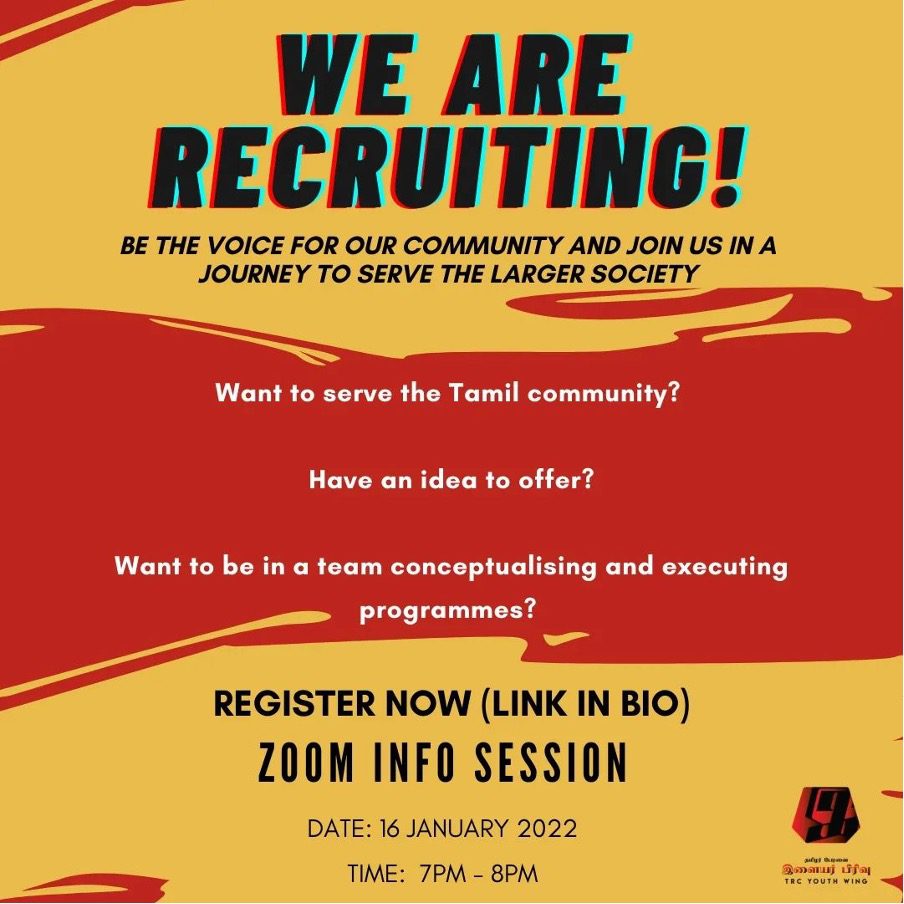
Onboarding:
Time is set aside to induct and familiarise new members to the work that TRC YW does. Leaders introduce them to the project teams with the goal of seamlessly integrating new members and training them to be ready to volunteer with the rest of the community.
Participation:
As community members begin participating in TRC YW activities, leaders host regular check-ins with each individual. This creates a personal relationship between them, and gives the space and opportunity for members to be heard and appreciated. Feedback from members is essential to highlight any blind spots leaders may have, and for the community to continuously improve.
During these one-to-one check-in sessions, the opportunity arises for leaders to identify members whom they feel can commit more to the group, and offer them further roles to contribute in subcommittee teams. Members are also reminded that they have the flexibility to switch between the two volunteering tracks.
Shereen emphasises that the priority of leaders is to support the members with their community journey. Having genuine personal relationship with their members allows leaders to mitigate pain points and prevent disengaged members from dropping out prematurely.
Skills development:
TRC YW organises trainings and workshops to inculcate skills that can better enable members to contribute to the community. These skills are often transferrable to their lives outside the community. Doing so ensures that community members develop and benefit from their time with TRC YW.
Leader succession:
Over time, Shereen and her fellow leaders will identify community members with potential and provide avenues for them to develop as a prospective leader of TRC YW. They are given shadow exco roles and understudy current leaders to get a better understanding of the leadership role. This creates space and time for members to grow into leadership positions in a gradual and timely manner.
Exit:
Naturally, the community journey will come to a close for departing volunteers. Leaders will consult with the leaving individual to understand their reasons for leaving TRC YW, and offer them the opportunity to stay on in a different role—such as a Friend of TRC Volunteer with lesser commitment, or even as an advisor to pass down their valuable knowledge to other members. This way, members are still engaged with the community but in a more suitable yet still mutually beneficial role.
There is no one-size-fits-all universal solution to developing a community group. It is important to understand members as individuals and give thought to their personal experiences with the community. Meaningfully plotting the community journey has aided Tamils Representative Council Youth Wing to engage their members and sustainably develop community leaders.
Reflection Questions:
- What challenges do your community face?
- How can you improve the experience of your community members?
- What are some aspects you believe your community can improve on?
Visit their Instagram to find out more about Tamils Representative Council Youth Wing,
and these resources to help you further develop your community.







